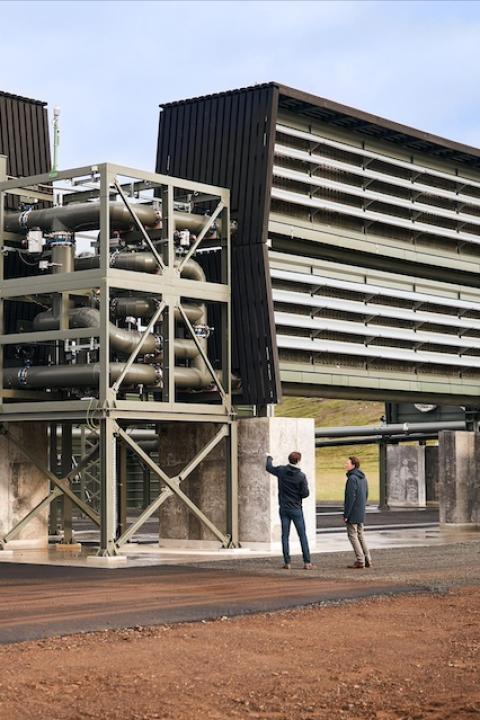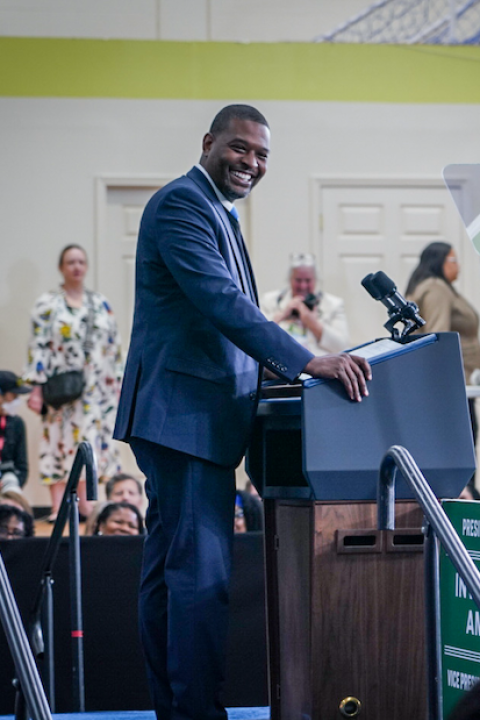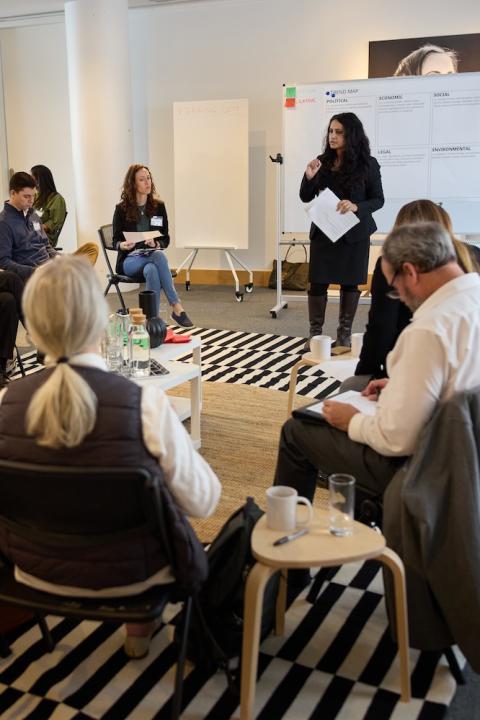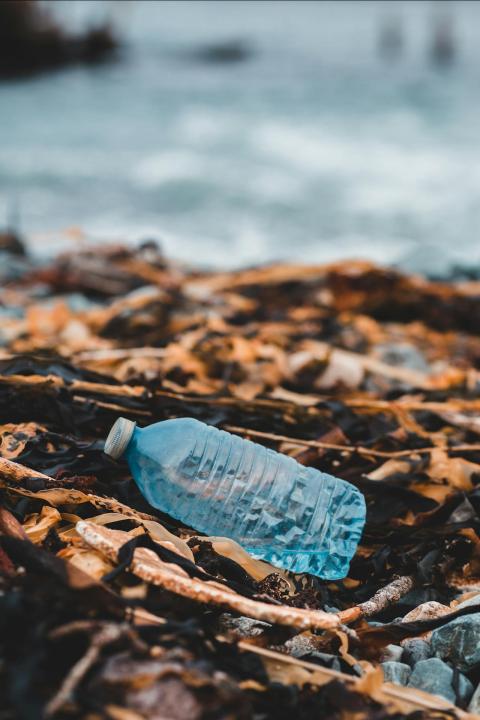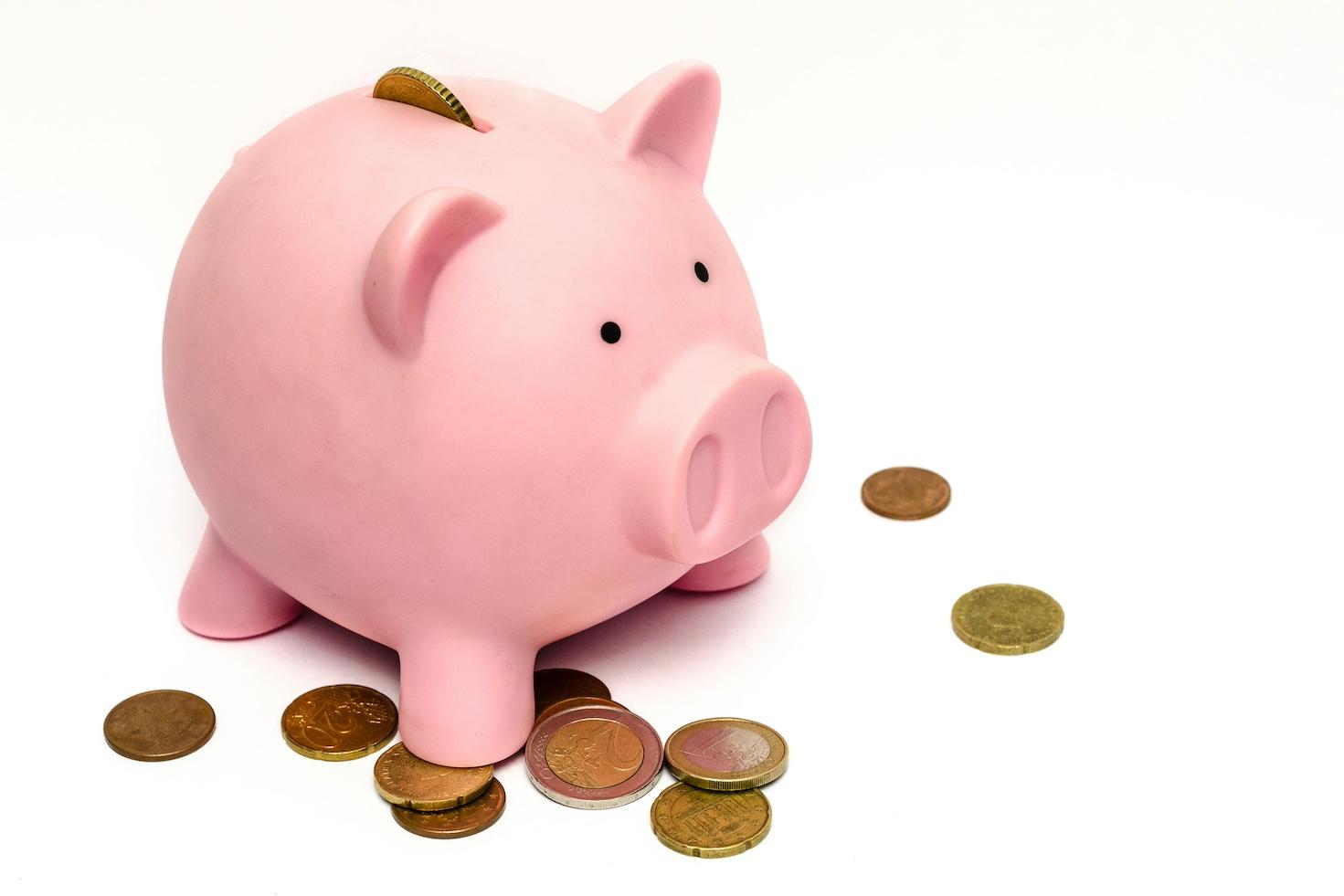
(Image: Skitterphoto/Unsplash)
We’ve talked a lot about how living sustainably can save you money, but the hard-earned savings you’re holding in your bank account may be an indirect source of a ton of greenhouse gas emissions.
When you leave money in your account, the bank uses it to make more money by lending it elsewhere. Banks primarily make money from the interest earned from lending and fees, but they also do so by making investments, and most banks lend to and invest in the fossil fuel industry.
The 60 biggest banks in the world funneled $5.5 trillion into the industry from 2016 to 2022, according to the 2023 Banking on Climate Chaos Fossil Fuel Finance Report. The 20 largest oil and gas companies are supplying over half of the resources used for fossil fuel expansion, and just 10 banks are responsible for 58 percent of their financing since the Paris Agreement, according to the report. Those banks include names like Citi, JPMorgan Chase, BNP Paribas and Bank of America.
As a result, it’s estimated that every $1,000 in a savings account is linked to the same amount of greenhouse gases emitted by flying from New York to Seattle each year, according to the climate solutions nonprofit Project Drawdown.
The situation may seem bleak, but there are banks committed to doing environmental and social good. And switching banks is a relatively easy action that can have a powerful impact. “Moving from a carbon-intensive bank to a climate-responsible bank could reduce the personal banking emissions of an average person in the U.S. by 76 percent,” according to Project Drawdown.
So, what does it take to make the switch?
The first step is research. You can start by looking into your bank — maybe it’s already committed to not doing business with the fossil fuel industry. Check its website or contact the bank directly to see if it has a third-party certification or has made a public commitment against funding causes that lead to social or environmental harm. But be wary of vague statements like “environmentally friendly” or “sustainable” with no evidence to back them up. Terms like that aren’t regulated, so you may need to look further into your bank’s impact reports, lending criteria, or external rankings to confirm those claims.
If you determine it’s time to switch banks, there are tools out there that can help you. Several third-party certifications exist for financial institutions committed to social and environmental responsibility. These can quickly narrow your search.
For example, less than 20 banks and financial technology services are certified B Corporations, a certification that scores businesses based on factors tied to governance, workers, community, customers and the environment. Alongside that, fewer than 10 U.S. banks, credit unions and financial technology services are Fossil Free certified. Run by the nonprofit Bank Green, the only requirement is to never finance fossil fuel companies or projects. If you’re looking for other qualifications, several other memberships, certifications and designations can be found online.
Certifications are not foolproof, and some require more effort than others. You should look carefully to assess which ones align with your values but, at the least, certifications ensure banks provide proof that they’re making good on their commitments.
Online tools like Bank for Good can do some of this research for you. Bank for Good is a database of banks and credit cards that were vetted by a coalition of organizations to guarantee they are fossil-free. You can search for approved financial institutions that meet your needs by selecting criteria like your state, whether you want access to an in-person location, whether they offer business accounts, and if they are a certified B Corporation, among others.
Despite having so many ways to filter your search, it can be difficult to find an option that meets multiple criteria. You may have to sacrifice some of your wants, particularly if you’re looking for an in-person location. When searching for a bank in Colorado with an in-person location, for example, no options appear. When that requirement is removed, multiple options become available — including more specific ones like those focused on clean energy financing and those that are Black- and Latino-owned or led.
Another option to consider is local credit unions, which are member-owned, not-for-profit financial institutions focused on investing in their communities. Many of them provide free financial education, donate to local organizations and work with small businesses. They’re less likely to be linked to fossil fuels because of that community focus, but you’ll still need to do some research into their operations to confirm.
Once you’ve decided, you can prepare to open an account at your new financial institution by making a list of direct deposits, subscriptions, and automatic payments you’ll need to transfer and checking if they have a minimum balance requirement you’ll need to meet to open the account. This requirement typically ranges from $0 to $100, but it can be much more than that. After the account is open, it’s good practice to check that your banking information is updated across all services, subscriptions, employers, and anywhere else that may need it. The finance company NerdWallet recommends only emptying and closing your old account once you are certain any existing checks and automatic payments have cleared and getting written confirmation that it is closed.

Taylor’s work spans print, podcasts, photography and radio. She brings her passion for covering social and environmental issues through the lens of solutions journalism to her work as editorial assistant.



